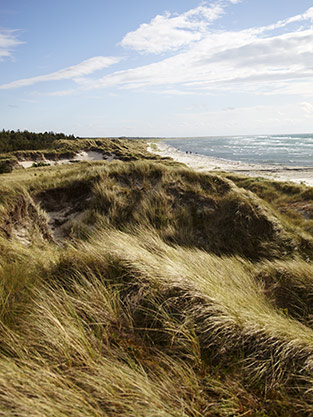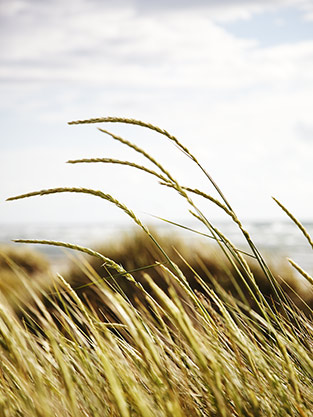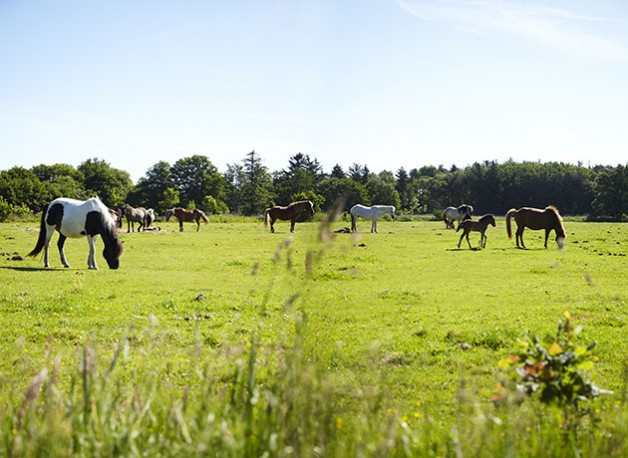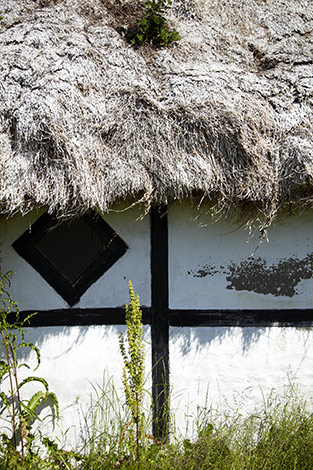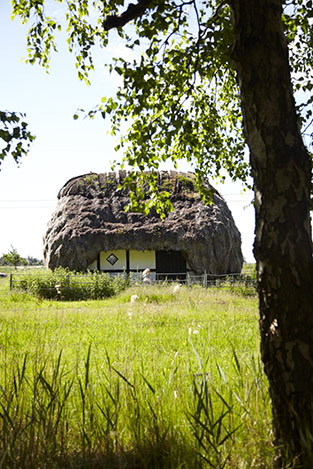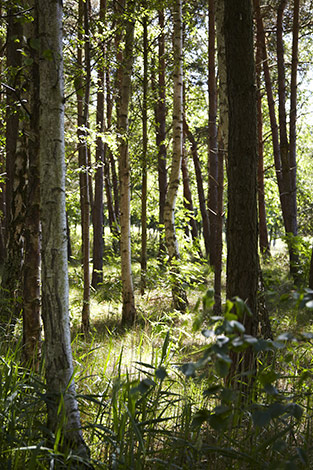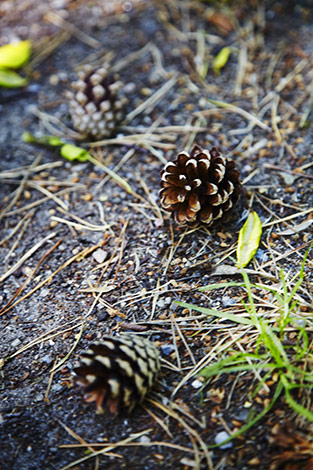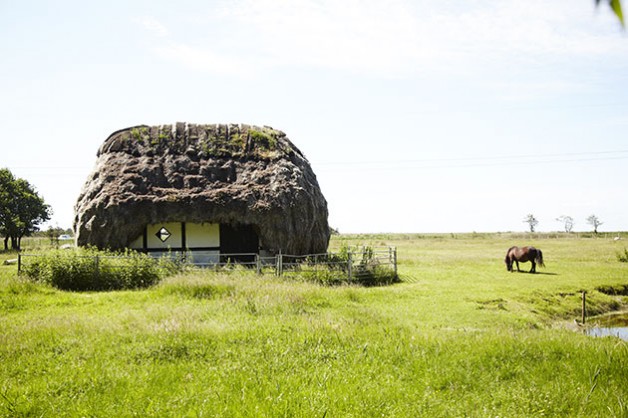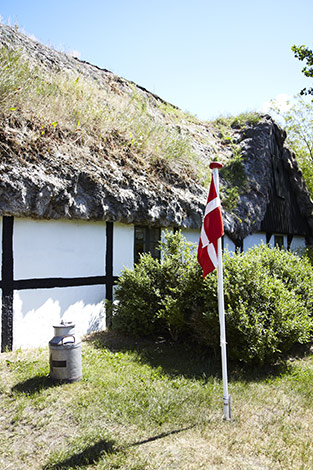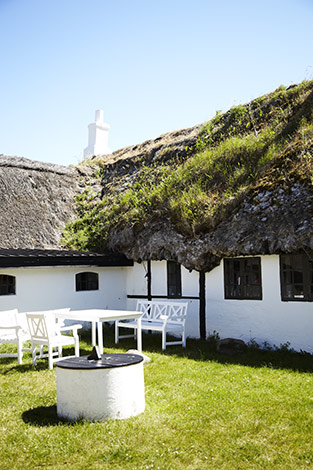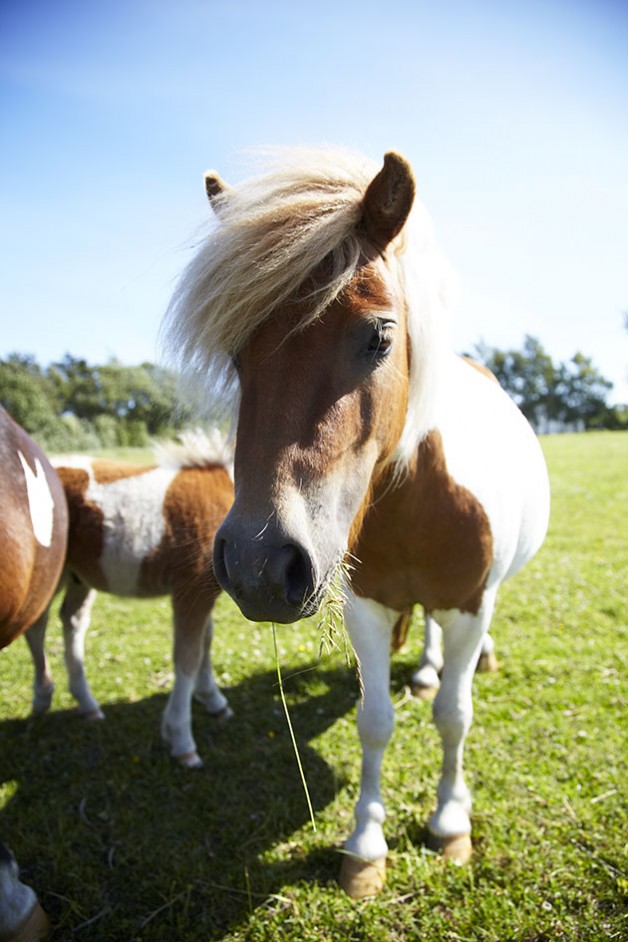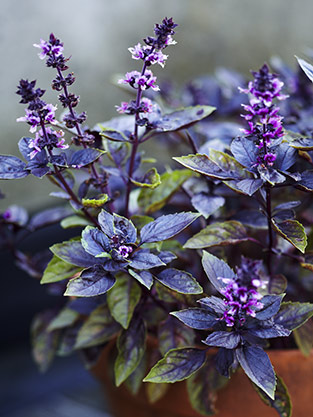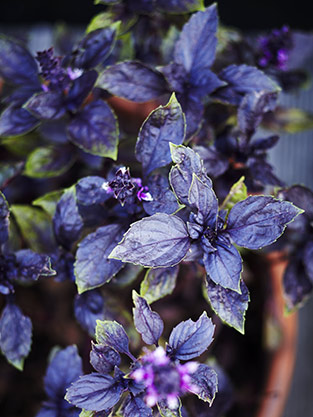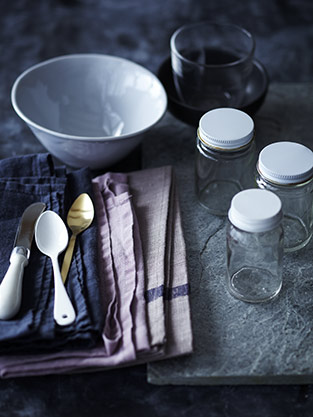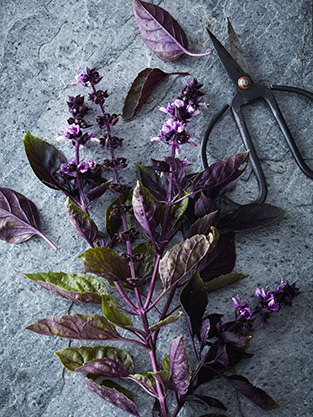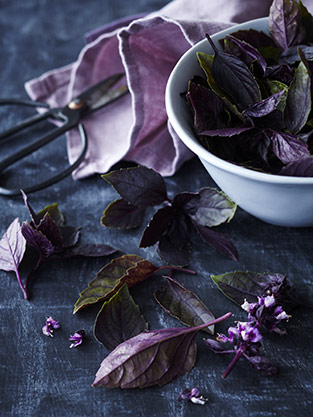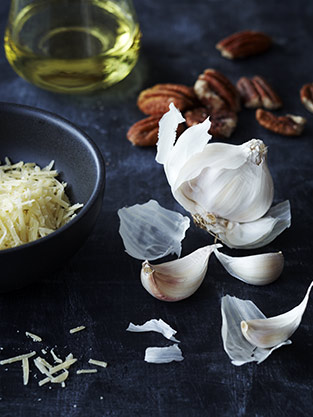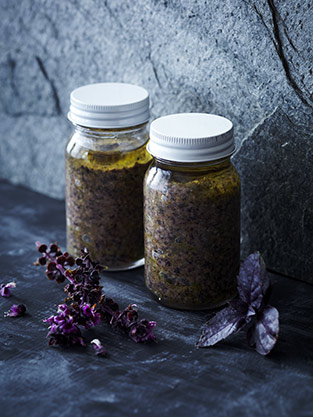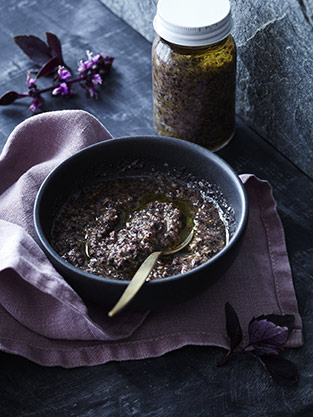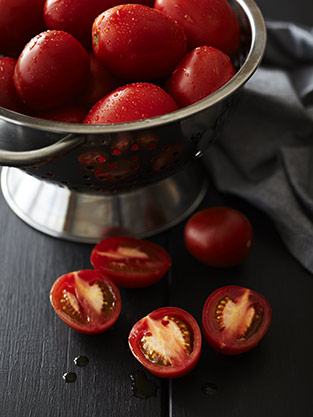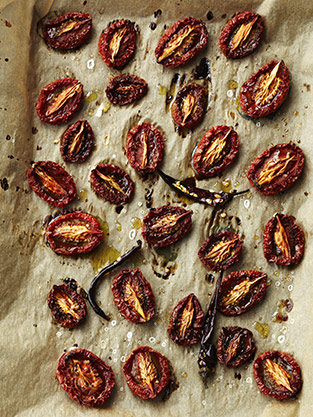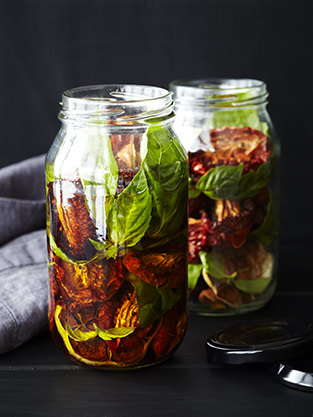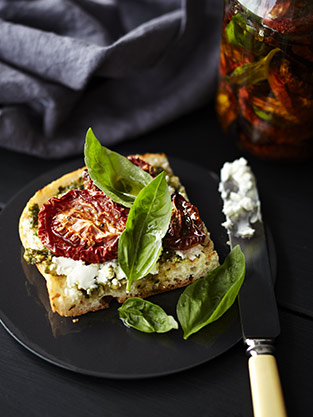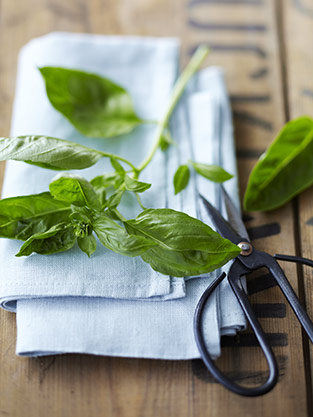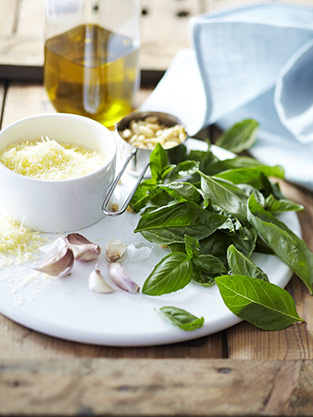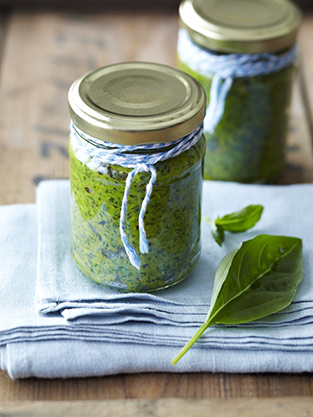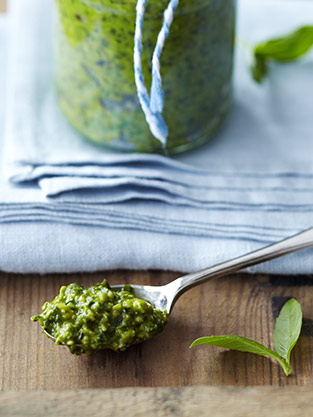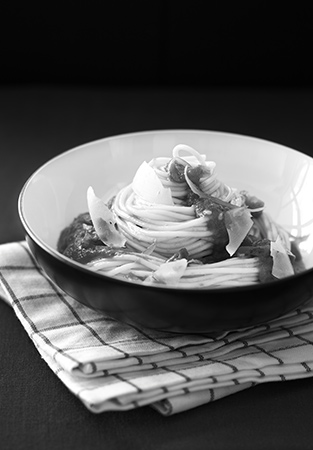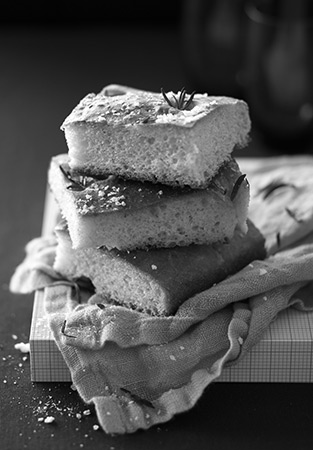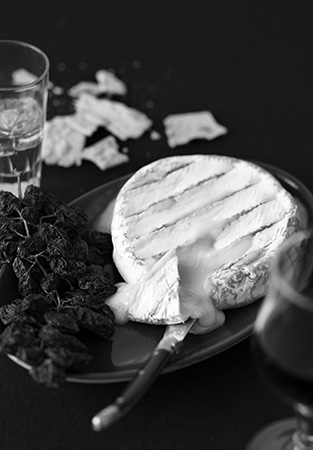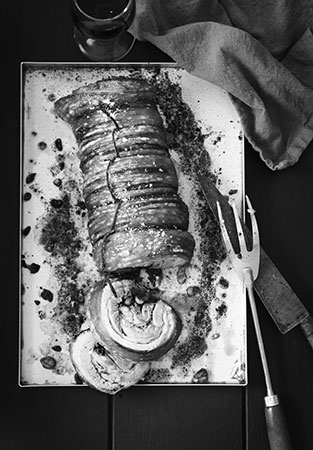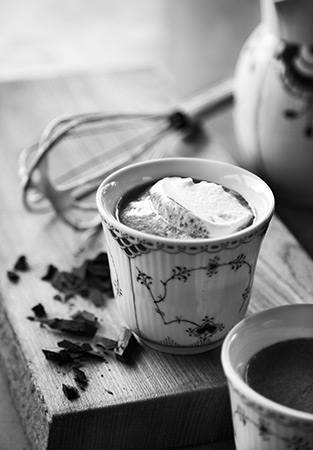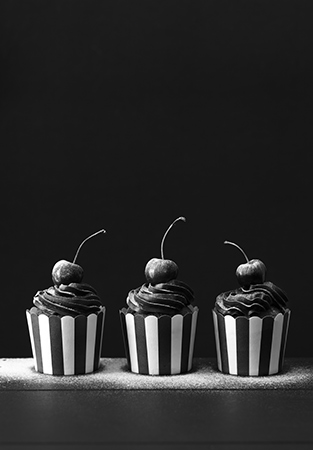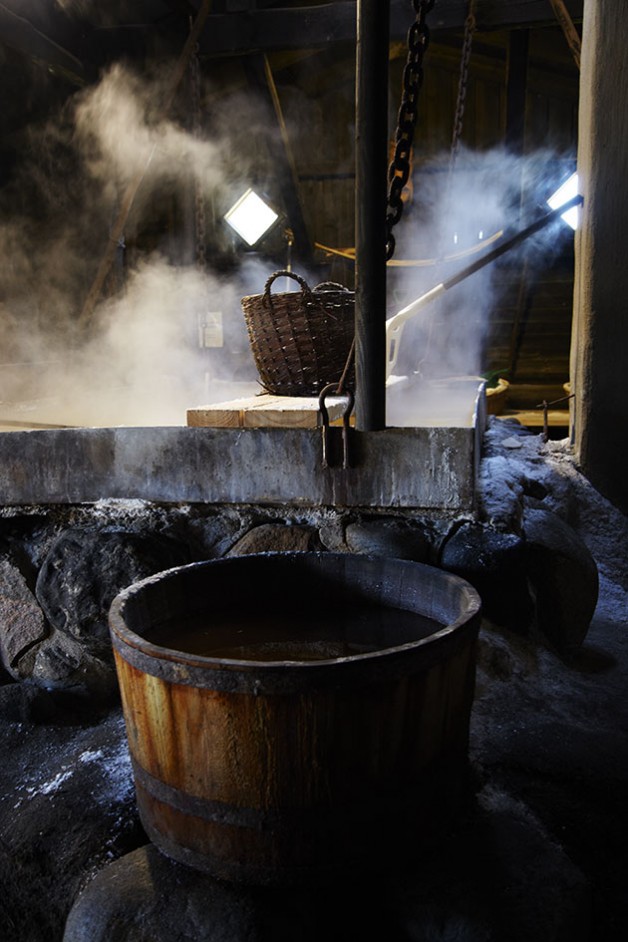
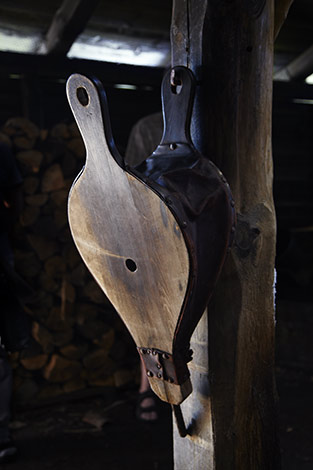
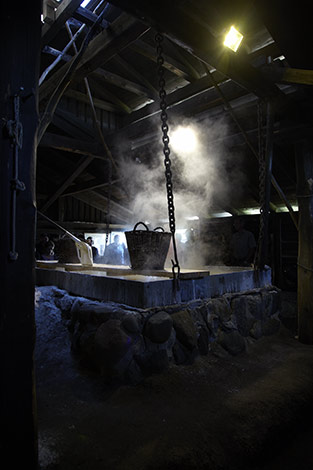
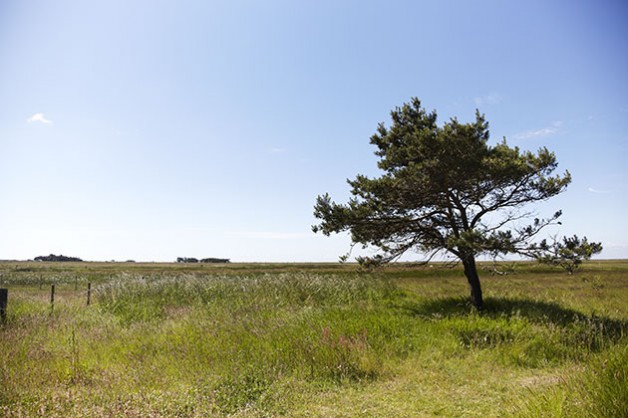
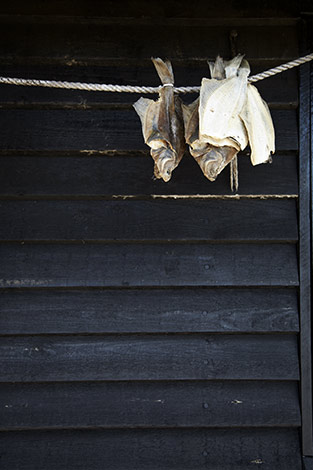
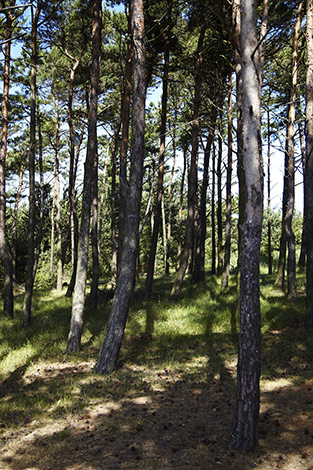
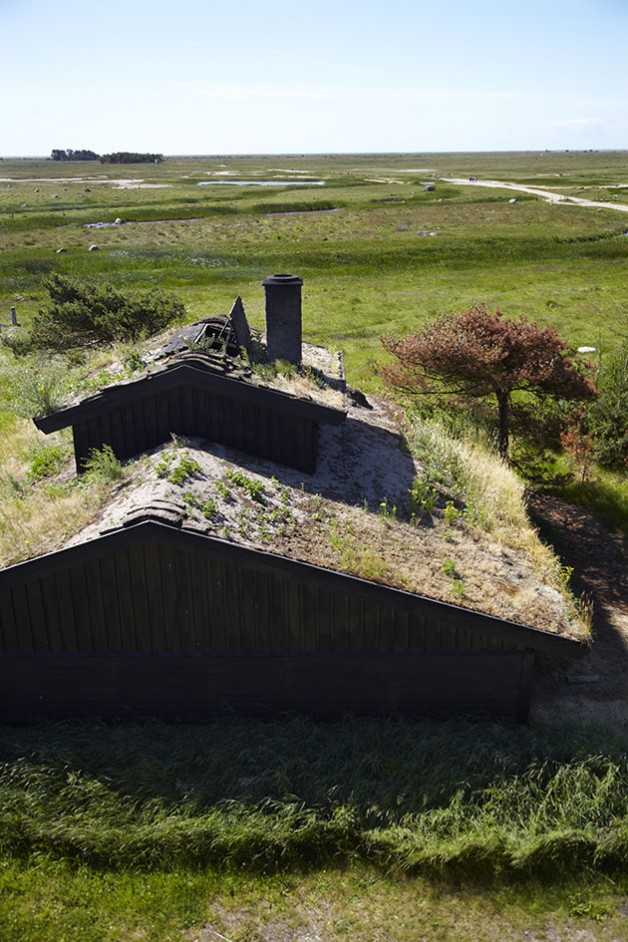

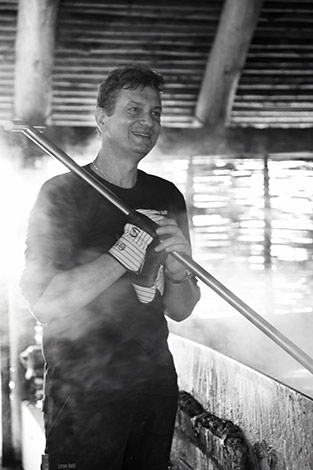
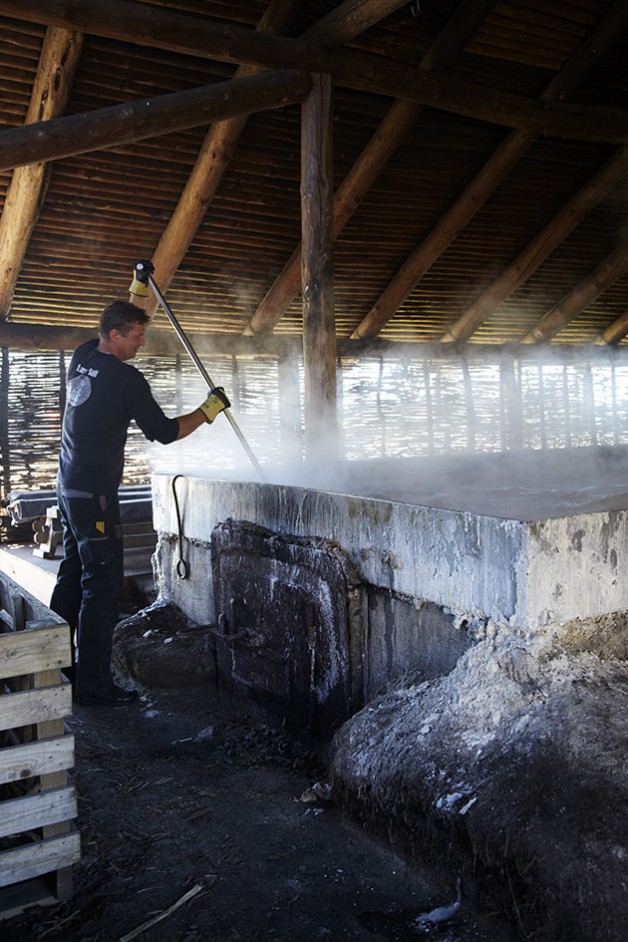
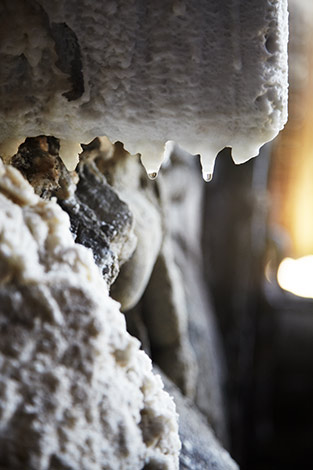
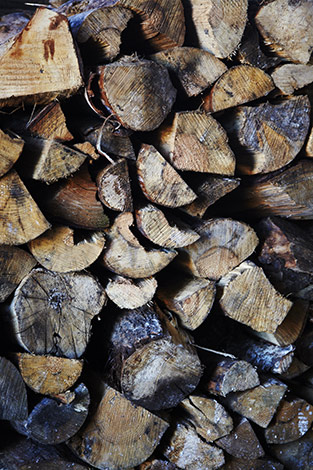
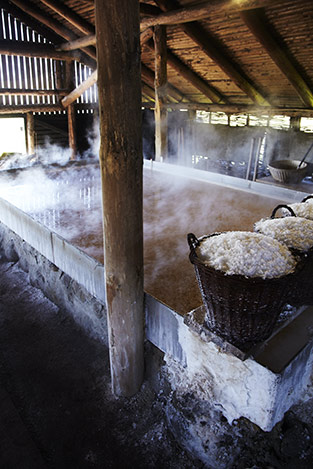
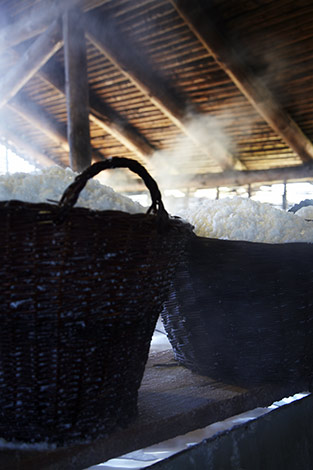
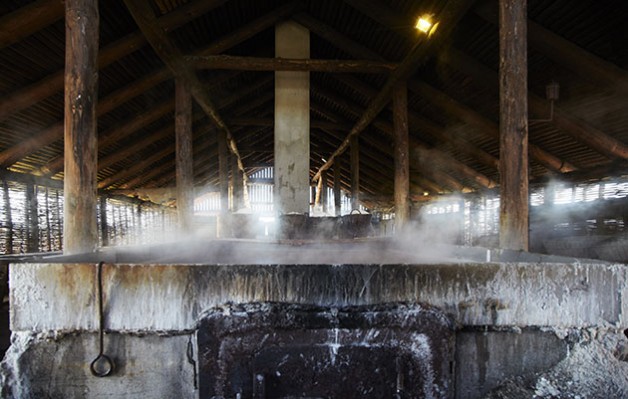
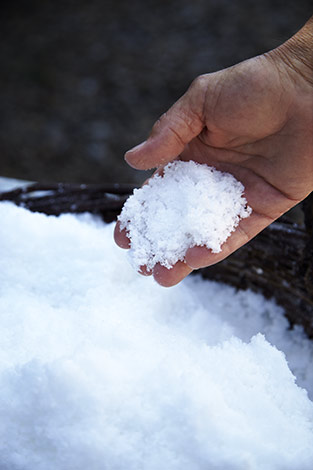
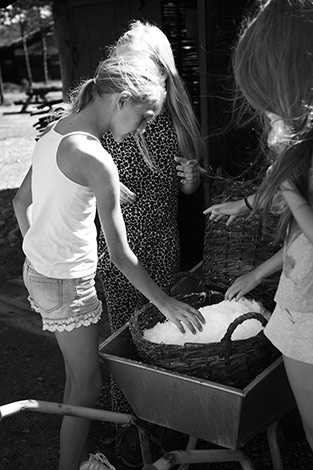
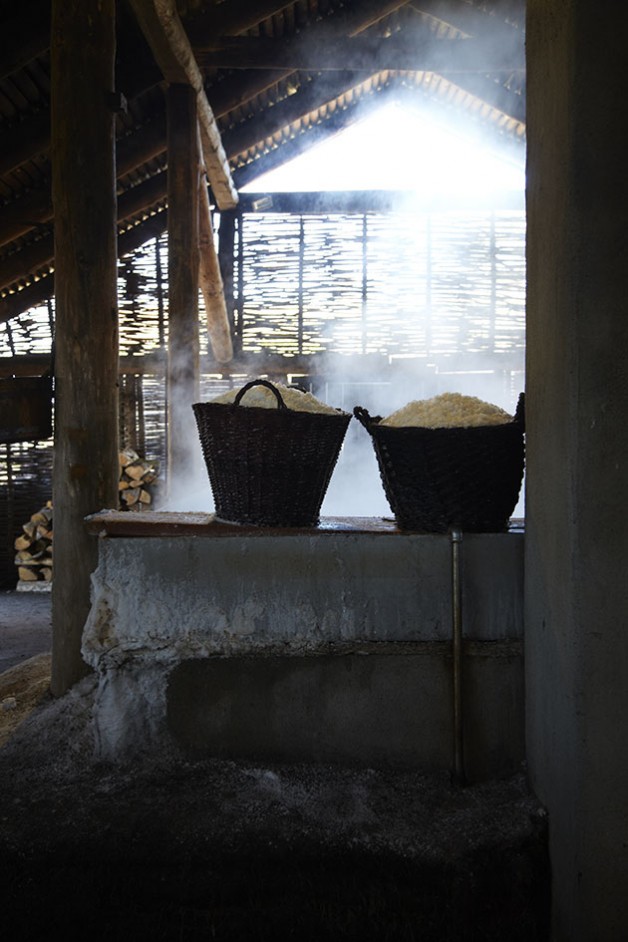
If you’ve worked with me in my studio, or just gotten to know me, while I’ve been in New Zealand, you might have been so lucky to recieve as a present, a cute little linnen bag, tied with a piece of string and filled with pourus sea salt crystals, along with an attempt from me to explain why this salt is awesome!
You might have thought: “Wow, how awesome can salt be?” or “I thought Maldon salt was supposed to be the awesome salt!” Well Maldon salt is awesome, and I know the “REAL” salt to use if you are a chef or a real foodie. But Maldon, move over, because here’s the story and the images to show, why I think Læsø Salt is more awesome.
As a visual person, I buy with my eyes (not everything and always, but often). A product has got to look good or sell me the idea of looking good. Well for starters Læsø Salt does just that. Just take a look at the place where they make it!
It is full of beautiful photo opportunities, and if my dad hadn’t been hanging around, waiting for me to finish “doing my thing”, I could have spent the whole day here. Although I think I got some pretty cool shots after all.
We are still on the island Læsø, as I wrote about the other day and the first visit on my itinerary of the day. At the edge of a pine forrest, south of the town Byrum, bordering the open plain of the the truly windblown parts of Læsø, lies Læsø Salt Works. It is both the place where they make Læsø Salt, but also a tourist attraction that tells a lot of the story on life on Læsø back in the day. Without making it too long and boring (the guides at Læsø Salt does not), I’ll try to explaing why this place, and the salt, is so special.
Due to the high concentration of salt in the sea around Læsø, the making of sea salt has been happeing on Læsø since the middel ages, but then since died out. Back in 1990 when archeoligists started looking into some of the history of Læsø, the idea of salt seething on Læsø was brought back to life using the discoveries the archeologists made. Today they seethe salt after the old traditions and recipes and make just enough to meet demands and keep Læsø Salt Works a healthy business.
The salty water is brought in from wells, dug in the lower parts of southern Læsø. In the Salt Works the water is set to evaporate over the fire. Once the brine is saturated, the salt crystals form on the surface and is scooped up into the baskets where residue water runs off, before the salt is set to dry in the drying addic.
The salt still retains a lot of the minerals and has a full-bodied flavour. It is porous enough to be perfect for crushing between two fingers before seasoning any dish. The salt is hand made and with respect for the nature sourroundings of the island. All biproducts of the seething is used for Læsø Salt Care scin care range and is excellent treatment for people with dry skin or pshoriasis. So apart from the oddness in bringing sea salt across the globe to New Zealand, Læsø Salt meets a lot of my criteria for many products that I buy. I like to support: My local community, the preservation of a lost art, AND pride and effort into making a tasty and beautiful product.
Read more about Læsø Salt Works in English here and in Danish here. Stay tuned for another awesome place to visit on Læsø, soon!

